84 F. high temperature in the Twin Cities Thursday.
77 F. average high on June 9.
92 F. high on June 9, 2015.
.54" rain fell at KMSP yesterday.
June 10, 1926: An intense downpour falls on Mahoning. 3.05 inches fell in 45 minutes.
Heat Index Surges into the Danger ZoneEvery
year we hear tragic, heartbreaking stories of kids succumbing to
extreme heat, after being locked inside vehicles. We all know how hot
the inside of a car can get. An outside temperature of only 80F can heat
up the inside of vehicle to 109F after only 20 minutes. Resist the
temptation to leave kids (or pets) inside a car, even if you think it's
"only for a few minutes". Don't tempt fate.
Today's forecast
challenge is how hot it's actually going to get. All this moisture in
the air will fuel convection: scattered T-storms which may (temporarily)
cool the environment later today. But models suggest 100 degree (air
temperature) near Granite Falls by late afternoon. Low 90s in the Twin
Cities with a dew point of 72F will create a heat index near 100F by
late afternoon. It may feel gasp-worth out there later on.
More storms form
tonight along the leading edge of a dying cool front, capable of providing a little
Saturday relief from the muggies up north. But low 90s are expected again
Saturday; more numerous storms
Sunday may keep us a few degrees cooler.
Highs in the 70s next week will feel like a cheap vacation.
Vehicular Greenhouse Effect.
Even at 80F, temperatures can quickly rise inside a vehicle, reaching
109F within 20 minutes, 123F within an hour. Imagine the implications
today with temperatures in the 90s.
4 PM Friday.
Guidance continues to hint at 100-degree air temperatures over portions
of west central and southwestern Minnesota by late afternoon (near
Granite Falls and Redwood Falls) with low 90s around the metro. Throw in
a dew point in the low to mid 70s and it will feel like a bad sauna -
minus the towel. 4 KM NAM guidance: NOAA and AerisWeather.
Heat Advisory In Effect.
The combination of low 90s and dew points creeping into the mid 70s
will create a potentially dangerous heat index by afternoon; approaching
100F in some towns. Here's the latest from NOAA:
A HEAT ADVISORY MEANS THAT A PERIOD OF HOT TEMPERATURES IS
EXPECTED. THE COMBINATION OF HOT TEMPERATURES AND HIGH HUMIDITY
WILL COMBINE TO CREATE A SITUATION IN WHICH HEAT ILLNESSES ARE
POSSIBLE. DRINK PLENTY OF FLUIDS...STAY IN AN AIR-CONDITIONED
ROOM...STAY OUT OF THE SUN...AND CHECK UP ON RELATIVES AND
NEIGHBORS.
TAKE EXTRA PRECAUTIONS...IF YOU WORK OR SPEND TIME OUTSIDE. WHEN
POSSIBLE...RESCHEDULE STRENUOUS ACTIVITIES TO EARLY MORNING OR
EVENING. KNOW THE SIGNS AND SYMPTOMS OF HEAT EXHAUSTION AND HEAT
STROKE. WEAR LIGHT WEIGHT AND LOOSE FITTING CLOTHING WHEN
POSSIBLE AND DRINK PLENTY OF WATER.
TO REDUCE RISK DURING OUTDOOR WORK...THE OCCUPATIONAL SAFETY AND
HEALTH ADMINISTRATION RECOMMENDS SCHEDULING FREQUENT REST BREAKS
IN SHADED OR AIR CONDITIONED ENVIRONMENTS. ANYONE OVERCOME BY
HEAT SHOULD BE MOVED TO A COOL AND SHADED LOCATION. HEAT STROKE
IS AN EMERGENCY...CALL 9 1 1.
Air Pollution Advisory.
Debilitating heat? Check. Severe storm risk later? Check. Smog? Yep.
Other than that it should be a lovely day. Here's the latest from the
MPCA, The Minnesota Pollution Control Agency: "
Forecasted
temperatures in the low 90s, mostly sunny skies, and light
south-southwesterly winds will promote the creation of ozone in the
advisory area. As a result, the Air Quality Index (AQI) is forecasted to
reach into the low to mid-90s during the day on Friday,
which is approaching a level considered unhealthy for sensitive groups.
Ozone concentrations will be lowest in the morning hours on Thursday and will rise quickly in the late morning/early afternoon hours. Ozone concentrations will begin to decline overnight Friday as thunderstorms move into the area, but may increase again on Saturday...."
Hottest Day: Today.
Models show a predicted heat index ranging from 97F to 106F by 3 pm
today. 106F seems rather extreme but if storms hold off until late
afternoon or evening I could absolutely see a heat index around 100F.
Source: NOAA and Aeris Enterprise.
Slight Severe Thunderstorm Risk.
NOAA SPC has much of Minnesota in a slight risk of storms today; the
greatest risk is large, damaging hail and straight-line winds as a
squall line bubbles up after 5 PM.
Severe Storm Potential Later Today.
NOAA's 4 km NAM model initiates a squall line by 5 or 6 pm, the
combination of extreme levels of heat and humidity coupled with the
approach of a weak cool frontal boundary; a wind shift to the northeast
that will drop dew points a bit by Saturday. Future radar: AerisWeather.
Sliding Back Into a Wetter Pattern?
Models predict some rather extreme amounts of rain by the end of next
week, as much as 3-6" of additional water. We'll see if this verifies,
but all those wet basements may take a while to dry out.
Tropical Rains Reported Wednesday Night.
The leading edge of tropical air ignited hefy nocturnal T-storms
Wednesday night and Thursday morning with some 2-3" rainfall amounts
south and west of the Twin Cities; as much as 4" reported from Doppler
radar estimates near Kenyon. Many reports of flooded basements.
Alaska Continues to Bake, On Track for Hottest Year. Here's the intro to a
Climate Central story: "
Alaska
just can’t seem to shake the fever it has been running. This spring was
easily the hottest the state has ever recorded and it contributed to a
year-to-date temperature that is more than 10°F (5.5°C) above average,
according to data released
Wednesday by the National Oceanic and Atmospheric Administration. The
Lower 48, meanwhile, had its warmest spring since the record-breaking
scorcher of 2012. While May as a whole was only slightly above average —
thanks in part to whiplashing weather from the beginning of the month
to the end — every state in the contiguous U.S. had warmer-than-normal
temperatures for the spring as a whole..." (Image credit:
NOAA).
 Europe to America: Your Love of Air Conditioning is Stupid.
Europe to America: Your Love of Air Conditioning is Stupid. Here's an excerpt from
The Washington Post: "...
Overall,
it's safe to say that Europe thinks America's love of air-conditioning
is actually quite daft. Europeans have wondered about this
particular U.S. addiction for a while now: Back in 1992, Cambridge
University Prof. Gwyn Prins called America's love of air-conditioning
the country's "most pervasive and least-noticed epidemic," according to the Economist. And according to the Environmental Protection Agency, it's getting worse: American demand for air-conditioning has only increased over the past decades...."
Photo credit: "
Jean-Philippe
Hugues, left, fills a store shelf with summer air conditioning
products in Marseille, southern France, on July 3, where the temperature
rose to 89.6F." (Claude Paris/AP).
How Guilty Should We Feel About our Air Conditioners? Keeping the theme going here's additional perspective from VICE NEWS Motherboard: "...Now, every indoor space I occupy in the summer is cooled, often to the point of discomfort. In 2009, the year with the most recent statistics available, 87 percent of US homes were air conditioned. But the experiences of my childhood, and my knowledge of climate change, cause a pang of guilt whenever I crank on my A/C at home, and I’m not the only one who feels like this..."
Terrifying Footage of Deadly Tornado in Oklahoma. Yahoo has the details and link to the video clip: "
This
extended piece of footage tracks a tornado near Katie, Oklahoma, as it
embarks on a path of destruction. The informative and often frightening
commentary gives a sense of the scope and power of the tornado, and the
bravery of the crew as they get remarkable footage of the tornado
itself, and of the damage it left behind..."
Video credit: YouTube/TwistingFury
"Unprecedented" Severe Weather Outbreaks Across Central Europe.
My German is a bit rusty, but my 86-year old father was born in Germany
- he's still fluent, and he translated the gist of a story at Germany's
Tagesschau: "
The
headline says 3000 severe weather warnings/alerts in two weeks. The
text says this is unprecedented for central Europe. It never happened
since records were started, which dates back to the late 1800s..."
El Nino, Rising Sea Spur Record "Clear-Sky" Flooding. USA TODAY reports: "
El Niño
and rising sea levels linked to global warming spurred a record number
of days of "nuisance flooding" last year in seven coastal U.S. cities,
according to a federal report. Wilmington, N.C., recorded an all-time
high of 90 days, or one-quarter of the year, partly underwater from the
"clear-sky" flooding, which isn't caused by heavy rain from a storm,
the National Oceanic and Atmospheric Administration (NOAA) said in the
report released Wednesday. Charleston, S.C., also topped its record with
38 days and Key West, Fla., with 14 days..." (File image: Andrew Demp, Yale).
Jobs Threatened by Machines: A Once "Stupid" Concern Gains Respect.
Is this period of disruption different from previous times when it
comes to employment? I want to be the guy in charge of maintaining the
robots. Here's an excerpt from
The New York Times: "...
If
we are facing a not-so-distant future of robot-fueled growth and rising
potential for mass disemployment, maybe it’s time to start thinking
about how to provide a lot more income that isn’t directly tied to a
job. Jeffrey D. Sachs of Columbia University has been working with a
series of colleagues on an economic model of
a world in which robotization both raises economic output and
immiserates workers, pushing them out of their jobs. It is not a
theoretical impossibility..."

Solar Makes Up Most of New U.S. Power Capacity for First Time. Here's a clip from a story at
Bloomberg: "
The
U.S. solar industry had a record first quarter, accounting for the
majority of new power generation for the first time. The 1,665 megawatts
of solar power that came online in the first three months of the year
represented 64 percent of new capacity, and wind provided 33 percent,
analysts at GTM Research and the Solar Energy Industries Association said
in a statement Thursday. The U.S. solar industry will add 14.5
gigawatts this year, mainly with large utility-scale power plants,
almost double the 7.5 gigawatts installed last year..." (File image: Chris Carlson, AP).
Alaska Air Flights Using Fuel Made from Fermented (Minnesota) Corn.
The Seattle Times has the story; here's a clip: "...
The
biofuel on Tuesday’s flights was developed by Gevo, a company based in
Englewood, Colo. Gevo produces isobutanol — a form of alcohol — at its
fermentation plant in Luverne, Minn., in a manner similar to the
longstanding production of ethanol. It converts the alcohol into
renewable jet fuel at a biorefinery in Silsbee, Texas. At 1:45 p.m.,
Alaska Flight 2 from Seattle to Washington, D.C., took off powered by
the same fuel mix. Alaska has set a goal to use sustainable aviation
biofuel on all flights at one or more of its primary airports by 2020.
The challenge is to produce the biofuel on a large scale and at a price
similar to regular jet fuel..."
Photo credit: "
Resky
Killion, a fueler at Sea-Tac International Airport, watches as fuel
fills tanks on the wing of an Alaska Airlines jet in December 2015." (Ellen M. Banner/The Seattle Times).
Norway Becomes First Nation to Ban Deforestation: How Will That Work? The Christian Science Monitor has the story: "Norway
has announced a complete ban on deforestation, making it the first
country to commit to a zero deforestation policy. Products that contribute to deforestation will not be used in
the country, EcoWatch reports. The pledge comes two years after the
country issued a joint declaration with Germany and Britain at the UN
Climate Summit committing to "promote national commitments that
encourage deforestation free supply chains, including through public
procurement policies to sustainably source commodities such as palm oil,
soy, beef and timber..."
Photo credit: "
A tract
of Amazon jungle cleared by loggers and farmers in 2012 in Brazil.
Norway has pledged to ban products that contribute to deforestation.
" Stian Bergeland/Rainforest Foundation Norway/Reuters.
Can We Learn to Live Without Death?
Don't hold your breath, but some of Silicon Valley's biggest companies
are jumping into the life-extension movement. Here's an excerpt of a
good read at How We Get To Next: "...In
short, our culture seems to suggest that if we radically extend our
lifespans, we’re destined to become hedonistic demigods, kill ourselves,
or wind up watching Friends
repeats until the sun burns out. But de Grey, who has little time for
the idea that an increased lifespan will inevitably lead to increased
enervation and tedium, quotes a remark made by one of his friends in
response: “If I’ve got a choice between Alzheimer’s at 80 or being bored
at 150, I know which one I’d chose..."
Photo credit:
Paul Kline //
CC BY 2.0
5 Things Publishers Can Learn From How Jeff Bezos Is Running the Washington Post. Here's an excerpt from an interesting article at NiemanLab: "...The
Post these days sometimes seems like a technology company as much as it
does a news organization, although the focus is on how technology can
serve journalism rather than the other way around. The Post’s website
and mobile apps are a pleasure to use; the apps have been designed to
serve different audiences depending on whether they are traditional Post
readers or are instead interested in a more viral product offered at a
lower price and that omits local news..."
Netflix Studied Your Binge-Watching Habits: That Didn't Take Long. Here's a clip from a story at
The New York Times: "...
While Netflix contends that the binge model is what viewers want, some traditional network and cable executives continue to argue
that their week-to-week rollout of original programming keeps their
shows in the cultural conversations for months at a time. Bingeing is
obviously an option at other streaming services; several contacted
Wednesday did not have comparable data, or did not respond to requests
for it. But Ms. Holland said the study proved to the company that, yes,
Netflix viewers were inclined to binge, and reinforced the company’s
faith in its policy of releasing all the episodes of an original series
at once..."
Passenger Drone Taxi Cleared for Take-Off in U.S. Trials.
The idea of a super-sized drone flying me above the traffic snarls on
I-494 sounds pretty good most days. Here's an excerpt from CNET: "A
drone taxi that can carry a passenger has been cleared for take-off
over Nevada. The EHang 184 pilotless passenger drone carries a single
person and has been approved for testing this year in the US. The
Chinese-Built drone stole technology trade show CES 2016 in Las Vegas in January, and it won't have to go far from sin city for tests...."
File photo credit: "
The EHang can travel at about 60mph for 23 minutes on battery power." EHang.

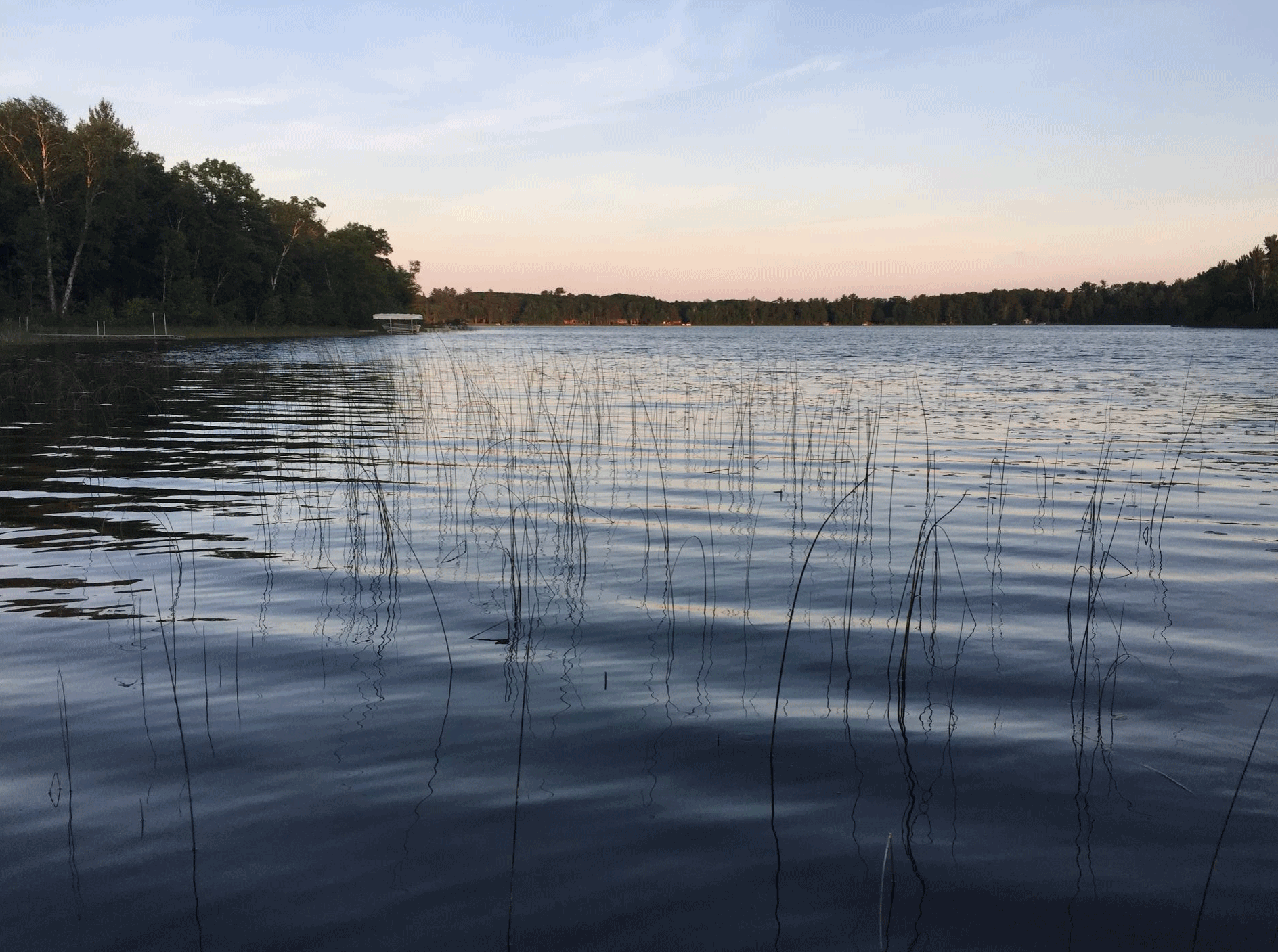 TODAY
TODAY: Steamy with hot sunshine, watch for late-day storms. Heat Index near 100 by late afternoon. Winds: S 8-13. High: 93
FRIDAY NIGHT: Tropical, a few T-storms in the area. Low: 72
SATURDAY: Hot sun, a bit less humid. Winds: NE 5-10. High: 91
SUNDAY: Mix of sun and clouds. Feels like upper 90s. Late T-storms. Winds: S 7-12. Wake-up: 68. High: near 90
MONDAY: Early showers, then partial clearing. Winds: NE 7-12. Wake-up: 70. High: 82
TUESDAY: Partly sunny with comfortable, quiet weather. Winds: E 7-12. Wake-up: 61. High: 79
WEDNESDAY: Showers develop, storms possible. Winds: E 10-15. Wake-up: 60. High: 76
THURSDAY: Showers taper, quickly drying out. Winds: NE 10-15. Wake-up: 62. High: 77
Climate Stories...
Is a Warmer Climate Elevating the Natural "Speed Limit" of Hurricanes and Typhoons? Check out the latest video at
Climate Denial Crock of the Week: "
As the 2016 hurricane season gets underway in the northern hemisphere, the new “This is Not Cool” video features
interview footage shot in December with Kerry Emanuel, one of the most
widely quoted and well known hurricane experts in the world. Nutshell: A
warmer climate is expected to elevate the natural “speed limit” on
hurricane/Tropical Cyclone wind speeds, and accompanying storm surge and
destructiveness. We may already be seeing this play out..."
NATO Secretary General: "Climate Change is Also a Security Threat". Here's a clip from a story at
The Center for Climate and Security: "...
However,
it’s important to note that climate change is not necessarily distinct
from these other security risks, but rather, an important factor placing
strains on the broader security environment in which these risks play
out. Climate change will multiply stress on factors related to peace and
state stability, such as water, energy, food, and migration, all of
which are key elements of instability in NATO’s backyard. As NATO
changes and adapts, how climate change will challenge NATO’s core
missions should be a priority. As the Secretary General continues to
help steer the NATO alliance, it will be important for him to connect
these dots, as history will likely not be kind to a historic summit that
fails to do so..."
For The Tourism Industry, There's No Vacation from Climate Change. GreenBiz has the story; here's an excerpt: "
Vacations
are supposed to be spent in paradise — on sun-kissed beaches with palm
trees gently swaying overhead and clear blue waters that extend to the
horizon. This is a narrative (PDF) that many tourists have come to believe — and that industry marketers have nurtured in their advertising.
But climate change is making it harder for resort owners and tour
operators to make good on this promise. Climate change is having more of
an impact on tourist destinations by eroding beaches and bleaching
coral reefs. Mountain destinations are not immune either, as a warming
climate melts glaciers and snow pack..."
Arctic's Melting Ice Creates Vicious Warming Circle. The
very definition of a positive feedback loop, with negative implications
for weather patterns and subsequent volatility in the planet's weather
systems. Here's the intro to a
USA TODAY story: "
Arctic
sea ice hit a record low in May as scientists discovered the first-ever
link between melting ice in Greenland and a phenomenon known to warm
the area faster than the rest of the Northern Hemisphere. The occurrence
is called "Arctic amplification" and until now, scientists didn't know
Greenland was linked to it, according to a study published Thursday in
the British journal Nature Communications. The phenomenon is fueled by a
feedback loop where rising temperatures melt Arctic sea ice, which
leaves dark open water that absorbs more warmth from the sun, thereby
warming the Arctic even more...." (Image credit:
National Snow and Ice Data Center).
Increased Extreme Weather Events Predicted Due to Effect of Climate Change on the Arctic. Here's the intro to a summary at
Common Dreams:
"
The effects of climate change on the Arctic — including melting ice
and sea level rise — may possibly alter weather patterns in the northern
hemisphere. These effects could include hotter, drier summers in some
areas, wetter summers in other areas, and cold, stormy winters in
others, according to studies compiled by the Greenpeace Research
Laboratories in the report, “What happens in the Arctic doesn't stay in the Arctic” which is published today...."
Unabated Global Warming Threatens West's Snowpack, Water Supply. InsideClimate News has the story; here's an excerpt: "
Low-elevation
snowpack across the Rocky Mountains, the Sierra Nevada and the Cascades
will disappear in the coming decades if global warming continues
unabated, according to a new study. The changes will cause water shortages in the region and dry out forests and grasslands, the study's authors say.
According to the research, the snow line—the altitude above which it
snows, and below which it rains—will climb as much as 800 feet in the
Colorado Rockies, and 1,400 feet in the Rockies of Idaho and Wyoming by
2100 if greenhouse gas emissions continue at the current rate..."
Climate Change Will Affect Farmers' Bottom Line. Here's a clip from a story at phys.org: "...What's
new about the work is that the team used an economic model that allowed
them to look across production systems, so they could evaluate farmland
values for soybean producers and cattle ranchers alike. The model,
knows as the Ricardian approach, also allowed for adaptation on the part
of the farmer. "Farmers are smart; you can't assume that in 100 years
they're going to still be farming corn like they are now,' Dall'Erba
says. "Climate is changing, new practices and new technologies develop,
so they may switch to another production system. The Ricardian approach
assumes farmers will adapt..."
Photo credit: "Southwestern US farmland values will change with changing climate." Credit: Katelina Creative commons CC0 Public Domain.
China Says Important Glacier is Melting Due to Climate Change. Here's a story excerpt from Reuters: "A
glacier that is one of the largest at the source of China's Yangtze
River is fast retreating because of climate change, state media said.
The Jianggudiru Glacier on Geladaindong Mountain in a remote part of
the western province of Qinghai has shrunk 34 meters (38 yards) over the
past six years, Pu Jianchen, a researcher at the Chinese Academy of
Sciences, told the Xinhua news agency.
The glacier started to shrink slowly in the 1970s, then expanded
between 1989 and 1994 before retreating more quickly from 1995, Pu said,
Xinhua reported late on Tuesday..."
Photo credit: "A man stands near the Jianggudiru Glacier on Geladaindong Mountain, in Qinghai-Tibet Plateau, China, September 1, 2006." Reuters/Stringer.
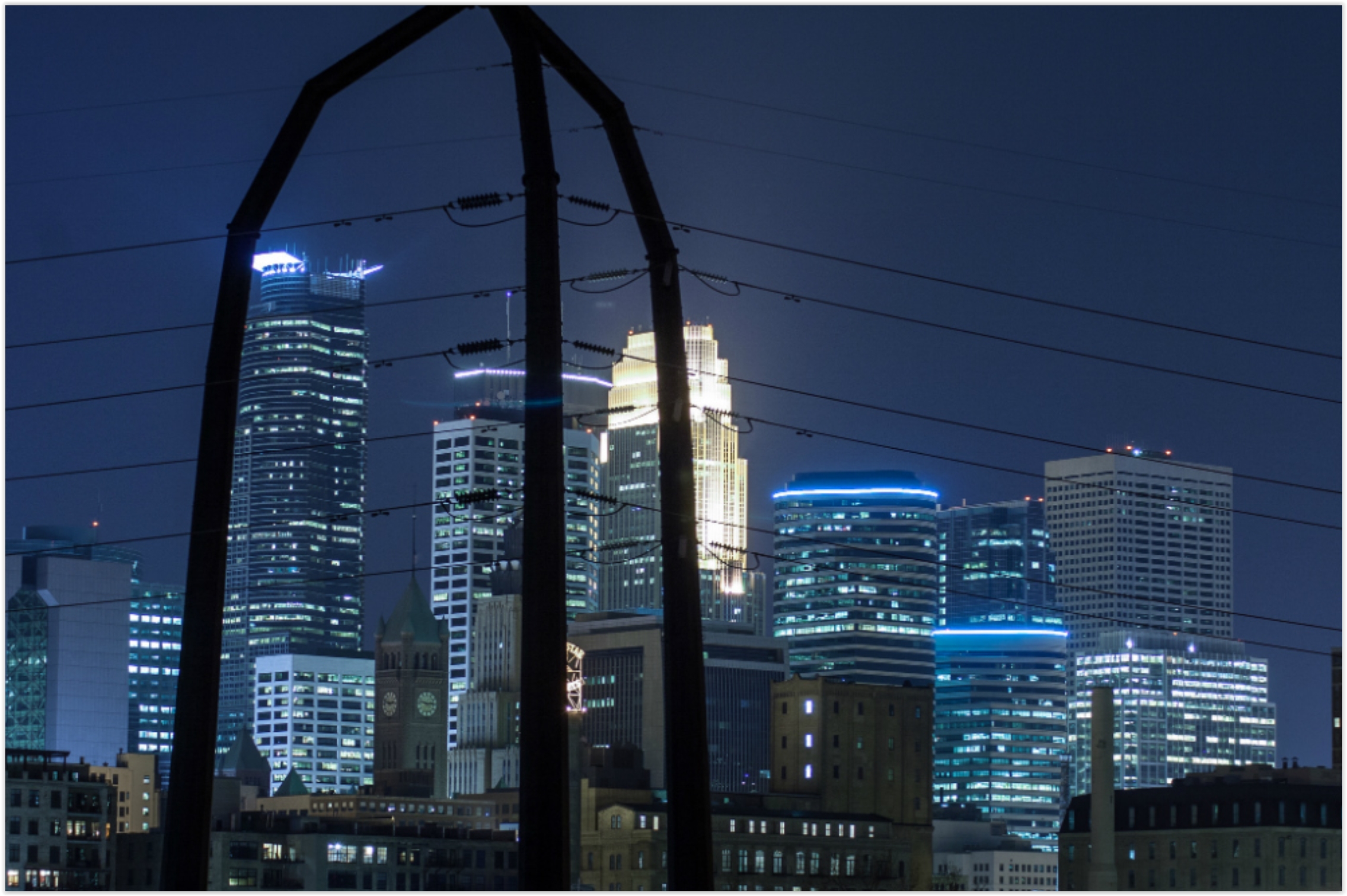 Is Your House Causing Global Warming? Seeker.com
Is Your House Causing Global Warming? Seeker.com has an interesting post; here's an excerpt: "..
.In today's DNews special, Trace Dominguez
considers the matter of air conditioners and other home appliances, in
regard to energy usage. Reducing energy waste in the home is a fast and
simple way to increase efficiency, save money, and -- while you're at it
-- confront the single most lethal crisis
our species has ever faced. What's not to like? Let's start with a
little quick math -- don't worry, it only stings for a second: According
to the U.S. Energy Information Administration, the average annual energy consumption for a residential home is 15,497 kilowatt-hours
(kWh). About one third of U.S. homes still use coal to generate those
kilowatts. It takes 1.04 pounds of coal to generate one kilowatt-hour,
which also generates 2.13 pounds of carbon dioxide..." (File image: Midwest Energy News).
Energy Conscious Buildings Across America.
Why wouldn't you want your appliances, home, office or church to be as
energy-efficient as possible? You'll reduce energy consumption - and
save money in the process. Here's an excerpt from saveonenergy.com: "...The
U.S. population is about 319 million people, and it’s projected to
reach a whopping 400 million by 2051. As our population grows each year,
so does our impact on the environment in a number of dramatic ways.
Americans’ increasing need for energy is certainly an environmental
hurdle we will need to jump over. Fortunately, there are existing
programs that encourage people and companies alike to reduce their
energy consumption. One primary example is Energy Star, which is
administered by the EPA and provides guidance and certifications to
companies demonstrating a desire to control and reduce energy usage..."


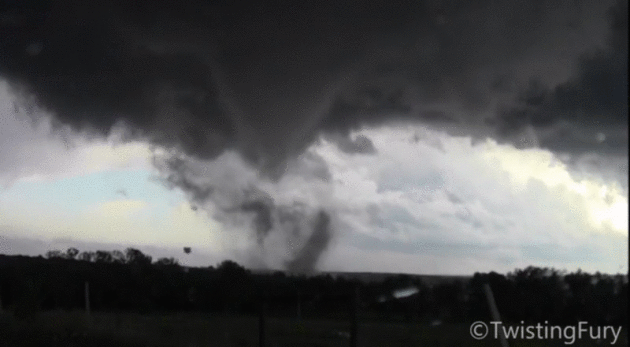


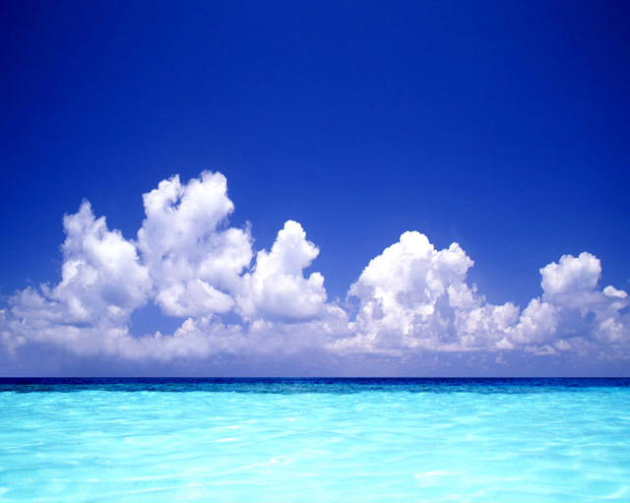
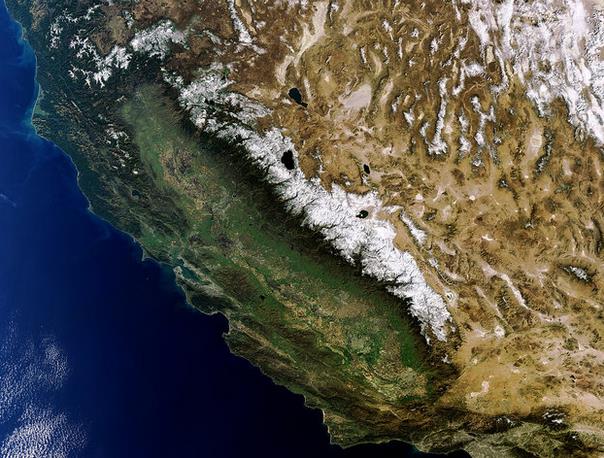
I learn some new stuff from it too, thanks for sharing your information. cheap appliances online
ReplyDelete